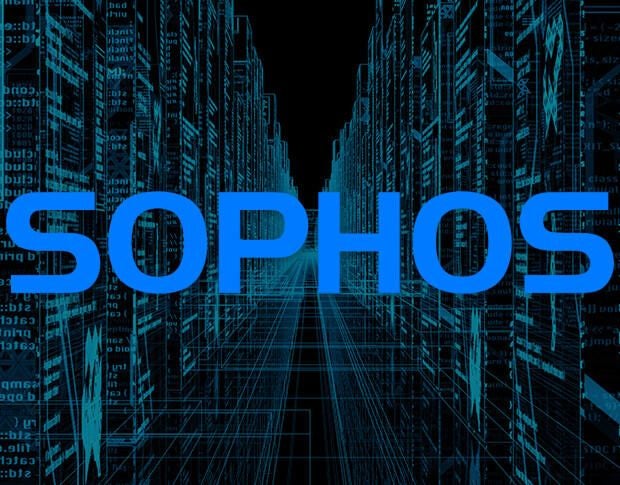Jack Wallen attempts to not only clear the air about CentOS Stream, but offers up an apology to Red Hat for aiding the spread of confusion.
Image: Red Hat
I recently wrote an article about Red Hat announcing the end of life for CentOS 8 and its replacement, CentOS Stream. That piece (and many others like it) received a lot of pushback from various developers and other sorts from Red Hat, CentOS, and other communities, so I thought I’d revisit the topic and clear up the confusion.
Believe me when I tell you, that’s not an easy job. When journalists give confusing information, chances are pretty good they’ll either simply parrot the confusion or attempt to make sense out of it. That’s exactly what happened with Red Hat’s announcement–it was a mess of confusion.
I think there’s a reason for that.
Let me explain.
SEE: Linux service control commands (TechRepublic Premium)
Where CentOS Stream exists
A big part of the confusion centered around the very nature of CentOS Stream. No one seems to really have a clear cut answer to the question, “What is CentOS Stream?” Yes, it’s a rolling release of CentOS–that’s the easy answer.
However, it’s not, really, as CentOS Stream isn’t even a true rolling release. One Red Hat Engineer said this about the rolling release nature: “It’s only rolling within the confines of a major RHEL version. That’s not the same thing as what most people consider a rolling release. In fact, that term was removed from the website due to causing too much confusion.”
Once again, we’re left confused.
That confusion continues when you start to dig into how it relates to Fedora and Red Hat Enterprise Linux (RHEL). Based on information I was given, I assumed that both RHEL and CentOS Stream were downstream of Fedora.
You know what they say about assumptions. That assumption on my part was quite incorrect.
When I went to correct my assumption, I found myself just as confused as I was prior. The official line on where CentOS Stream exists is this:
“Continuously delivered distro that tracks just ahead of Red Hat Enterprise Linux (RHEL) development, positioned as a midstream between Fedora Linux and RHEL.”
It looks like this:
Fedora > CentOS Stream > RHEL
Even that’s not really right. According to the official CentOS marketing, CentOS Stream “tracks just ahead of a current RHEL release. CentOS Linux 8, as a rebuild of RHEL 8, will end at the end of 2021. CentOS Stream continues after that date, serving as the upstream (development) branch of Red Hat Enterprise Linux.”
CentOS Stream is the development branch of RHEL–that’s about as close to a definition as you’ll get.
The problem with this is that the majority of CentOS users employed the platform because it tracked after RHEL. Now that CentOS Stream tracks ahead of RHEL, it’s hard to figure out what the draw will be.
What bits of RHEL will be found in CentOS Stream? That’s a challenging question that needs an answer. CentOS was pretty much RHEL with the branding removed. Will CentOS Stream enjoy the same relationship? At this point, your guess is as good as mine. Because there is no definitive explanation, all we can do is opine what CentOS Stream will be.
It’s on the Red Hat and CentOS Stream marketing teams to clear this up. Unfortunately, with this new announcement, they’ve done a very poor job of that.
However, back in September of 2019, Chris Wright, vice president and CTO at Red Hat, said of CentOS Stream, “CentOS Stream is an upstream development platform for ecosystem developers. It is a single, continuous stream of content with updates several times daily, encompassing the latest and greatest from the RHEL codebase. It’s a view into what the next version of RHEL will look like, available to a much broader community than just a beta or ‘preview’ release.”
Looking into the past, we might have an idea of the future. That future might be summed up as: CentOS Stream is a preview release of RHEL.
Preview release probably doesn’t sit well with most businesses. Why? No one is going to want to deploy a preview release as a production server. That’s pretty universally accepted by the court of public opinion, so I’m not going out on a limb with such a statement.
As to the why…
My original conclusion about this shift was centered around a money grab for Red Hat. That wasn’t exactly fair of me to say as it was pure conjecture. Although I have found nothing in the etherverse to prove my assumption wrong, I feel like I owe Red Hat an apology.
Why?
Because innocent until proven guilty applies, even in the tech court of public opinion. Although this seems like an absolute betrayal of the FOSS community, Red Hat must have had its reasons for making this shift–reasons beyond forcing the hand of businesses to purchase RHEL subscriptions. Some possible reasons?
-
Create a more developer-friendly version of RHEL
-
Create a platform that can evolve with a bit more agility than CentOS could
-
Drive more subscriptions to RHEL
It’s really hard to understand this move. I could get behind Red Hat adding CentOS Stream into the mix. In fact, when Stream was first announced, I thought it was a great idea. A rolling release of a rock solid platform would be a great way for developers to get a glimpse into what’s coming.
There it is–a justifiable reason why Red Hat might have made this drastic shift. With CentOS Stream, it could be possible to get more developers engaged with the platform. Getting a glimpse into what the future of RHEL holds would make it considerably easier for devs to ensure their product works seamlessly with an upcoming release.
That sounds like a viable reason, but it shouldn’t be on journalists to weave that fabric on our own. Leaving a massive community in the dark only breeds confusion and contempt, and I bought into those very things.
I’m not saying all of this as a retraction to my original post. Consider this more of a postscript attempt at making order from chaos. I’m guessing there will be more chaos before the dust settles on this issue.
Even so, to everyone at Red Hat, I tip my own fedora to you as an apology for drawing too many conclusions too fast. Even among this mess, you still have my respect for all of the hard work you do for open source and technology.
Subscribe to TechRepublic’s How To Make Tech Work on YouTube for all the latest tech advice for business pros from Jack Wallen.






